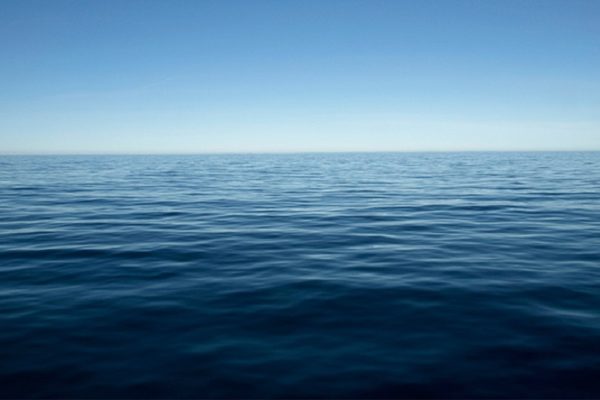Published April 5, 2017
MANCHESTER, England, Wednesday April 5, 2017 – The water surrounding the Caribbean already provides food and enjoyment for people living in the region and elsewhere. But now it could also be a source for unimaginable quantities of clean drinking water.
A UK-based team of scientists has created a graphene-based sieve capable of removing salt from seawater, a development that could aid the millions of people grappling with water shortages.
It has previously been difficult to manufacture graphene-based barriers on an industrial scale, but scientists from the University of Manchester, led by Dr Rahul Nair, solved some of the challenges by using a chemical derivative called graphene oxide. Its unusual properties, such as extraordinary tensile strength and electrical conductivity, have earmarked it as one of the most promising materials for future applications.
It has reportedly been difficult to produce large quantities of single-layer graphene using existing methods, and current production methods are costly, however.
Writing in the journal Nature Nanotechnology, Dr Nair nevertheless explained that graphene oxide can be produced by oxidation in the laboratory.
“As an ink or solution, we can compose it on a substrate or porous material. Then we can use it as a membrane,” he told BBC News.
“In terms of scalability and the cost of the material, graphene oxide has a potential advantage over single-layered graphene.”
Graphene oxide membranes have already proved their worth in sieving out small nanoparticles, organic molecules and even large salts. But until now, they couldn’t be used to filter out common salts, which require even smaller sieves.
Previous work had shown that graphene oxide membranes became slightly swollen when immersed in water, allowing smaller salts to flow through the pores along with water molecules.
Now, Dr Nair and colleagues demonstrated that placing walls made of epoxy resin on either side of the graphene oxide membrane was sufficient to stop the expansion.
Restricting the swelling in this way also allowed the scientists to tune the properties of the membrane, letting through less or more common salt, according to the BBC report.
When common salts are dissolved in water, they always form a “shell” of water molecules around the salt molecules.
This allows the tiny capillaries of the graphene-oxide membranes to block the salt from flowing through along with the water.
“Water molecules can go through individually, but sodium chloride cannot. It always needs the help of the water molecules. The size of the shell of water around the salt is larger than the channel size, so it cannot go through,” Dr Nair said.
By contrast, water molecules flow exceptionally fast through the membrane barrier, which makes it ideal for use in desalination.
“When the capillary size is around one nanometre, which is very close to the size of the water molecule, those molecules form a nice interconnected arrangement like a train,” Dr Nair explained.
“That makes the movement of water faster: if you push harder on one side, the molecules all move on the other side because of the hydrogen bonds between them. You can only get that situation if the channel size is very small.
“This is our first demonstration that we can control the spacing [of pores in the membrane] and that we can do desalination, which was not possible before. The next step is to compare this with the state-of-the-art material available on the market,” Dr Nair said.
Access to clean water is a major issue for many people across the Caribbean and around the world, and the UN expects that as climate change continues to reduce supply, 14 percent of the global population will experience water scarcity by 2025.





